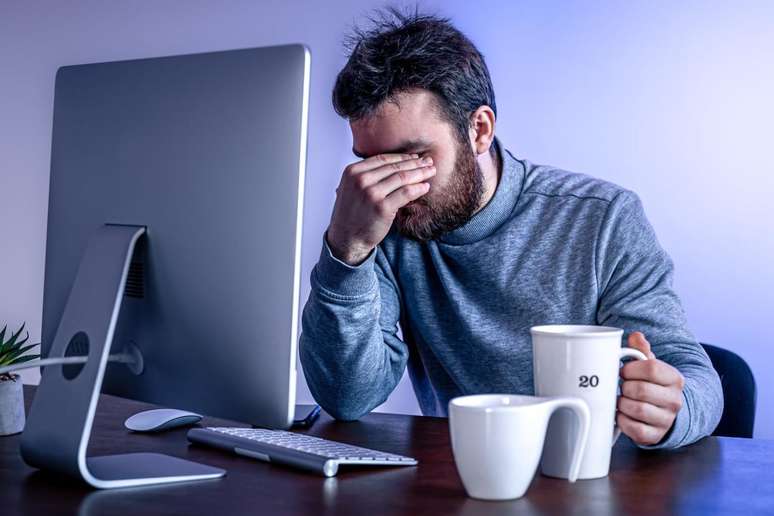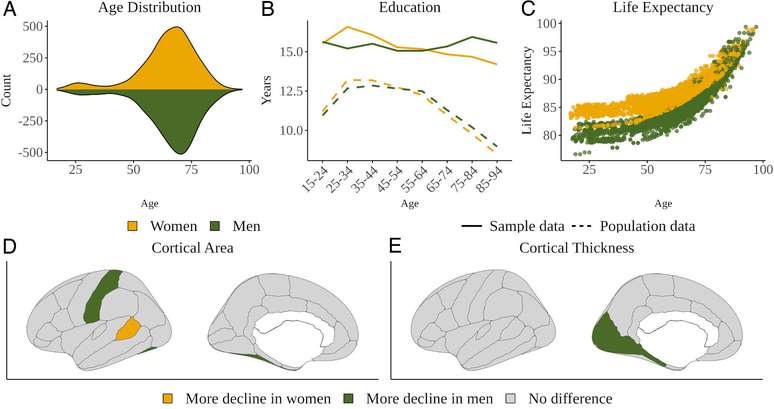Early detection of these signals can enable preventive measures to be taken.
Summary
The term burnon means high professional performance in the workplace with concomitant emotional and physical exhaustion and is not recognized by the international medical community.
In the context of an increasingly demanding work environment, the term burnon emerges as a new perspective on work stress. While burnout, recognized by the WHO (World Health Organization) as a professional exhaustion syndrome, is characterized by exhaustion and ineffectiveness, burnon describes a state in which the professional remains highly engaged at work, even facing emotional and physical exhaustion at long term .
The term, coined by Germans Timo Schiele and Bert te Wild, describes a constant state of extreme fatigue and suffering, without necessarily leading to total collapse. While in burnout there is the perception of fatigue and the negative consequences of stress, in burnout there is often denial of problems and an idealized vision of work.
Although burnon is not recognized by the international medical community, its characteristics are alarming. Professionals remain productive despite exhaustion and working to the limit, which can lead to long-term physical and mental health problems.
How to identify and address burnout and burnout
Both are linked to chronic stress at work, which manifests itself through symptoms such as physical and mental exhaustion, emotional disconnection, reduced pleasure in daily activities and persistence of physical symptoms, such as constant headaches and muscle tension.
To address these challenges, professionals, companies and leaders can adopt preventive and intervention strategies, such as:
• Diagnose the current state of employees to identify early signs of stress and burnout;
• Offer subsidized psychological and psychiatric support to employees;
• Implement flexible working models to help professionals better manage the demands of work and personal life;
• Promote an organizational culture that values mental health and work-life balance.
Furthermore, adopting self-care practices is essential to protect mental health in the workplace. This includes activities such as regular exercise, healthy eating, adequate sleep, relaxing hobbies, and practicing mindfulness or meditation.
Establishing clear boundaries between work and personal life is also essential to avoiding burnout. Knowing how to say “no” and prioritize the balance between professional and personal needs helps preserve mental health and avoid burnout.
Ultimately, both individuals and organizations have an important role in preventing and treating chronic stress at work. By adopting proactive strategies and promoting a culture of well-being, you can create healthier and more productive work environments for all employees.
Incorporate regular assessment
Regularly assessing our emotional state is essential to recognize signs of stress, anxiety or depression. Detecting these signs early can allow you to take preventative measures before they turn into more serious problems.
Seek professional assistance
“Seeking professional help, such as therapy sessions, can be a valuable resource for addressing emotional challenges. Therapy provides a safe space to explore feelings and develop self-care skills. Learn to set boundaries and prioritize your wellness is one of the There are many lessons that therapy can teach. If you haven’t tried it yet or feel hesitant, consider trying this enriching experience,” says Madalena Feliciano, executive career counselor and therapist.
inspires transformation in the world of work, in business, in society. Compasso, a content and connection agency, is born.
Source: Terra
Ben Stock is a lifestyle journalist and author at Gossipify. He writes about topics such as health, wellness, travel, food and home decor. He provides practical advice and inspiration to improve well-being, keeps readers up to date with latest lifestyle news and trends, known for his engaging writing style, in-depth analysis and unique perspectives.







